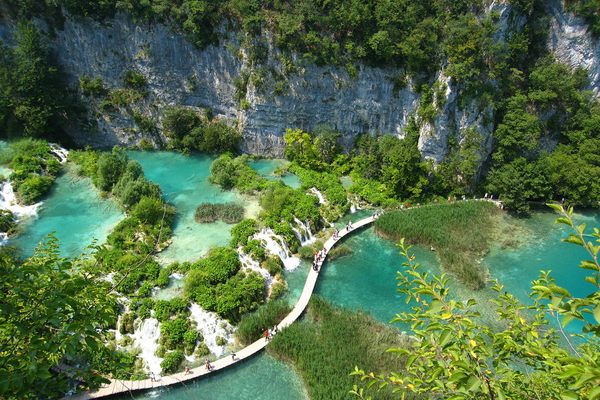About
Hualālai volcano on Hawaii's Big Island last erupted in 1801, sending lava into the sea forming Keahole Point, the westernmost point on the island. An unusual lava tube created by the flow remains intact today, serving as a conduit between the ocean and the cliff above.
Like all lava tubes, the one at Keahole Point formed when the surface of fast-flowing, low viscosity pahoehoe lava cooled and formed a "roof" over the molten channel. Thousands of these subterranean passages perforate the rocks of Hawaii Island, making the landmass analogous to one big piece of Swiss cheese. But only very few create extraordinary features like the blowhole at Keahole Point.
When waves hit the coastline just right, water rushes through the lava tube opening, blasting vertically from an opening in the rocky coastline. High surf can generate these spouts of ocean water any time of year, although swells most consistently batter the Kona coast in winter months. During these months, humpback whales grace Hawaiian waters visiting from their northern residences to mate or give birth. Fortunate spectators may see spouts from mammalian blowholes during a visit to Kona’s geologic one.
When the north Pacific abides by its name with frequent calm waters in summer, the blowhole doesn’t spout and can be approached safely. A close look at the wet rocks near the opening of the feature and along adjacent cliffs reveal opihi or limpets, filter feeding mollusks prized as a Hawaiian delicacy.
Whether visited at the height of the winter swell season or on a calm summer day, a stop at Keahole Point blowhole is sure to reward with natural wonders.
Related Tags
Know Before You Go
Keahole Point is located in the town of Kailua-Kona in the western part of the Big Island. Visitors are most likely to see the blowhole spouting water in the winter months when the seas are rougher.
Community Contributors
Added By
Published
March 6, 2019



























